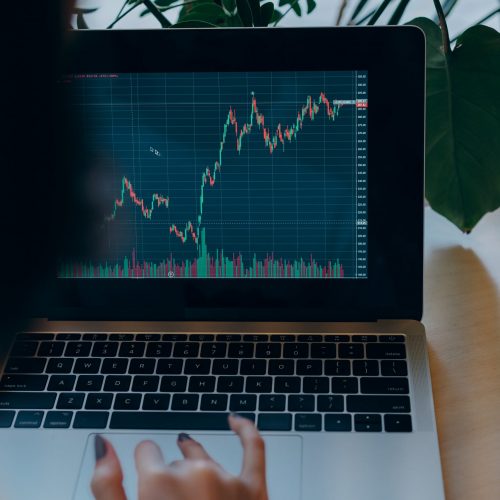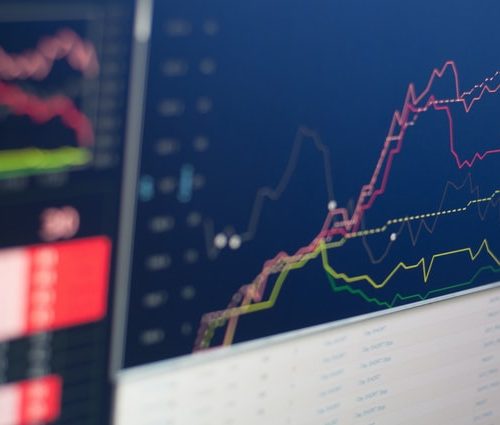There are several different approaches to examining the forex (FX) market before trading. Even though there may be numerous kinds of analysis, traders should keep them as basic as possible to find good trading opportunities.
This post looks at the three most popular forex analysis techniques: technical, fundamental, and sentiment analysis, as well as how they aid in the development of a trading strategy. After that, it’s up to the trader to determine what analysis fits their trading style.
There has always been a dispute about which analysis is superior, but you need to master all three.
Technical analysis
Technical analysis in forex is the study of price patterns to determine when and where to enter and exit a trade. Consequently, technical analysis in forex is one of the most frequently employed types of analysis.
The price action on a chart from the FX market often provides insights into hidden sources of supply and demand. The movement of specific currencies, in particular, can be seen by looking at the price graph.
Indicators may be used in conjunction with numerous other techniques to understand the market better. Indicators are popular among traders since they are simple to understand and make currency trading more manageable.
The debate over whether the technical or fundamental analysis is superior in the foreign exchange market is ongoing. There is no correct answer to which form of analysis is superior, and traders tend to choose one or mix the two types of analysis.
A disadvantage of employing technical analysis in your trading is that it is highly subjective, and two traders might draw different conclusions from the same chart.
Fundamental analysis
The currency’s interest rate is the main focus of forex fundamentals. It’s because forex interest rates impact the market. Other fundamental variables are included.
When traders study the fundamental releases, they should consider how they influence future interest rate movements. When investors are in a risk-taking mindset, money follows yield (currencies with higher interest rates), and higher rates may encourage more investment. Money leaves yield for safe-haven currencies when investors are in risk-averse mind.
Remember that fundamental analysis alone will never be a determining factor for short-term movements and must therefore be considered only with the bigger picture in mind.
Sentiment indicator
Another type of analysis widely used by traders is the forex sentiment indicator. When you notice that sentiment is firmly against a particular direction, most traders have already invested in that viewpoint.
Analysing retail sentiment and the corporate sentiment is becoming increasingly common among investors. Senior Analyst at DailyFX, Tyler Yell, explains how traders may use the Commitment of Traders (CoT) report to understand how the institutional market is positioned and how they might apply this knowledge to their trading analysis.
Sentiment analysis is most often utilised by contrarian forex traders who wish to take a position opposite the market. If you know a market is 90% long, the only way for traders to close out their positions would be to sell.
Bringing together the three types
Traders of all types will always prefer one form of Forex market study over another. While this is perfectly acceptable, and we encourage you to utilise whatever method works best for your trading strategy, the most significant traders can integrate elements of each.
Look at the big picture economic trend for a long-term bias, follow it with a short-term technical analysis viewpoint to identify a better entry point, and finally consider market sentiment to avoid getting trapped by the shifting tide.
Finally
It’s vital to understand all three types of forex trading analysis approaches to make the most of your money. When you’re in the dark about information that may help you make money or, more significantly, keep you from losing money, all you’ll do is waste your resources.




